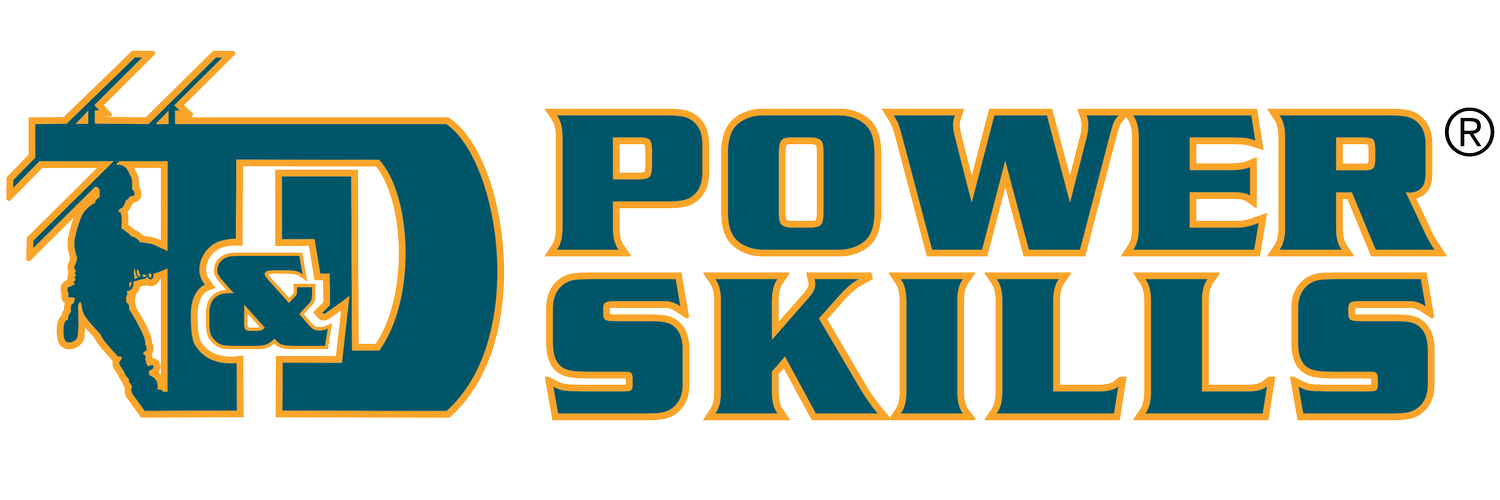Multimeter Operation
COURSE DESCRIPTION
In this course trainees learn the difference between analog and digital multimeters, and how to read and use both types of multimeters. Trainees can then use their knowledge of multimeters in a variety of applications.
COURSE GOALS
Identify and describe two basic types of multimeters.
Describe how to set up, use, read and put away a multimeter.
Describe the proper safety precautions and procedures associated with multimeter use.
Describe how a multimeter can be used in a variety of applications.
SUBJECTS AND OBJECTIVES
Multimeter Basics
Identify and describe the two basic types of multimeters.
Identify the main components of a typical multimeter.
Identify several features that are commonly found on a digital multimeter.
Reading a Multimeter
Describe how to read a digital multimeter.
Describe how to read an analog multimeter.
Using a Multimeter
Describe general safety precautions and procedures associated with using a multimeter in a substation.
Describe how to set up a multimeter.
Describe how to use a multimeter.
Describe how to put a multimeter away.
Substation Applications – Part 1
Describe how a multimeter can be used to adjust a variable resistor.
Describe how a multimeter can be used to check continuity.
Describe how a multimeter can be used to verify a circuit.
Substation Applications – Part 2
Describe how a multimeter can be used to troubleshoot a communication circuit.
Describe how a multimeter can be used to troubleshoot a DC control circuit.
Describe how a multimeter can be used to adjust a current transducer.
